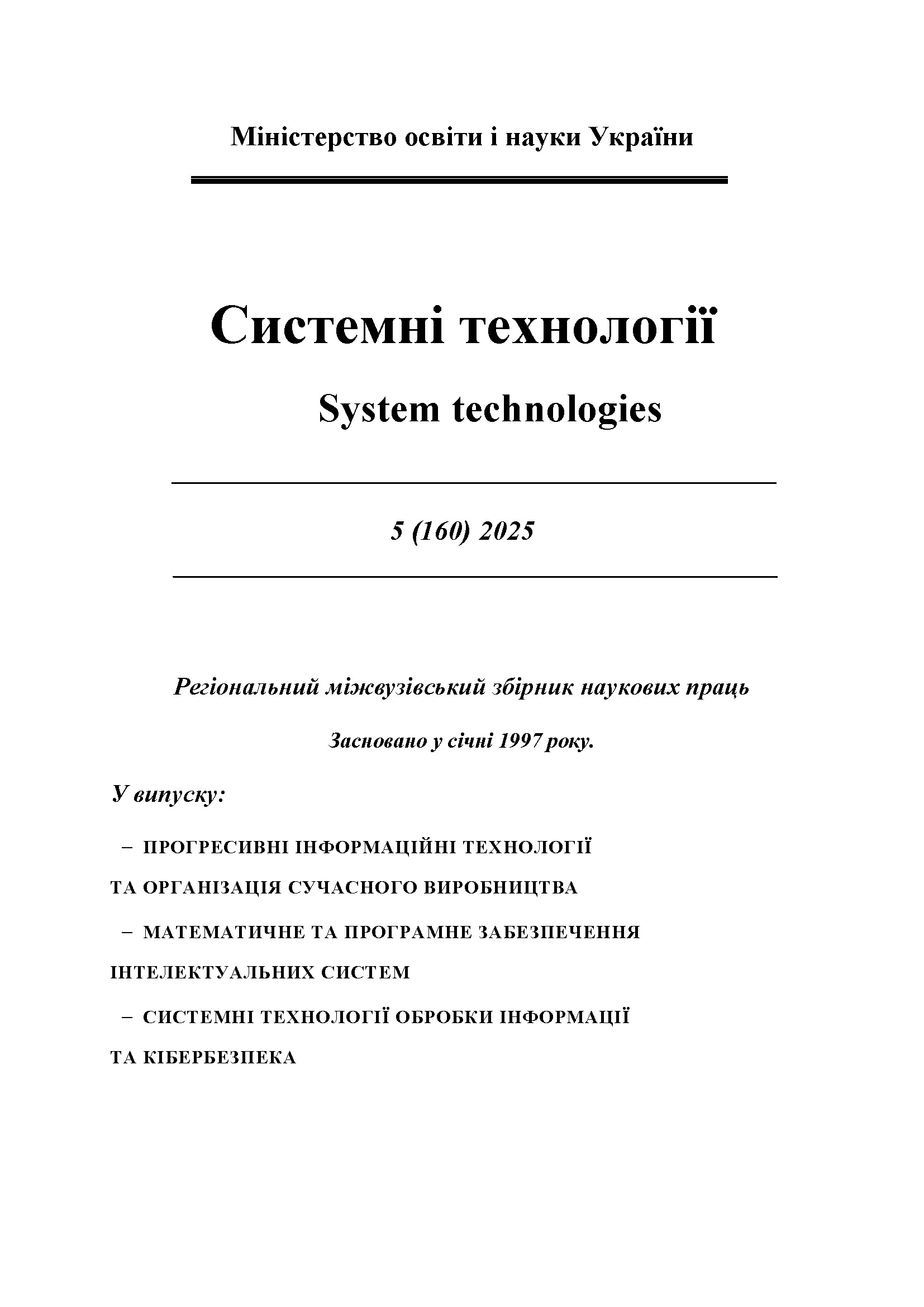RESEARCH OF TIRE WEAR ON PORT CONTAINER SEMI-TRAILERS
DOI:
https://doi.org/10.34185/1562-9945-5-160-2025-20Keywords:
wear, container semi-trailers, port, tire, resourceAbstract
Seaports play a crucial role in supporting global trade and logistics. They act as key hubs connecting various nations and regions. As integral components of the global supply chain, ports function as entry and exit points for goods, facilitating seamless transitions between different modes of transportation.
In the rapidly evolving landscape of international trade, port semi-trailers hold a central position in facilitating the smooth flow of goods. These specialized vehicles are designed to efficiently transport containers between ports, terminals, and inland logistics centers. They combine a durable design, high load capacity, and advanced technology, ensuring reliability and safety in the most challenging operating conditions.
The purpose of the study was to assess the degree of damage and to study the patterns of intensity and nature of tread wear on the tires of port semi-trailers carrying containers.
24 identical container semi-trailers were inspected, which are operated in 4 Black Sea ports. The mileage of the trailers varies slightly, and they are used to transport 40-pound containers.
In the course of research, the residual depth of the tire tread was measured and compared with previous values, which allowed to establish the dynamics of wear under operating conditions. An analysis of vehicle inspections and logs has shown that the main causes of failure are tire tread wear, local destruction of tread pattern elements, damage to the breaker and frame due to external influences. A special tire depth gauge was used to measure tread wear. Tire wear is not proportional to mileage, but has a more complex nonlinear relationship. This often poses a direct threat to road safety. A detailed analysis showed that the wear on the trailer's tire treads was caused by the following factors: incorrect tire pressure, regular overloading, and improper wheel balancing.
Optimizing the tire wear of a container truck trailer requires a comprehensive program that includes the following elements: selecting high-performance tires, performing regular maintenance, monitoring tire pressure, ensuring even load distribution, and improving driver training.
References
Verschuur, J., Koks, E. E., & Hall, J. W. (2022). Ports’ criticality in international trade and global supply-chains. Nature Communications, 13(1), 1-13.
Ayhan, E. E. (2023). From Ports to Prosperity: Leveraging Maritime Sector for Poverty Reduction. Journal of Marine and Engineering Technology, 3(2), 99-109.
Peng, X. D., Guo, K. H. (2003). Effective factors on tire wear. China Rubber Industry, 50(10), 619-624.
Boleso, D. (2019). A semi-trailer for a moving laboratory. Complete measuring system and semi-trailer design.
Bęczkowska, S., Korzeb, J., Koziak, S., Opala, M., & Weyssenhoff, A. (2018). Niejednorodność i wady materiałowe opon samochodów osobowych–zagadnienia wybrane. WUT Journal of Transportation Engineering, (121), 9-20.
Kravchenko, A., Sakno, O., Lukichov, A. (2012). Research of dynamics of tire wear of trucks and prognostication of their service life. Transport problems, 7(4), 85-94.
Balaka, M. M., & Balaka, M. N. (2014). Vplyv umov ekspluatatsii na dovhovichnist velykohabarytnykh shyn. [The influence of operating conditions on the durability of large tires], 92 79–86
Jančár, A., Ondruš, J., & Csenkey, J. (2025). Assessment of the axle loads on the semi-trailer: case study. Transportation Research Procedia, 87, 205-216.
He, J. F., Jin, X. X., & Hou, C. Y. (2011). Simulation Analysis and Research of Tire Wear. Advanced Materials Research, 299, 1212-1216.
Downloads
Published
Issue
Section
License
Copyright (c) 2025 System technologies

This work is licensed under a Creative Commons Attribution 4.0 International License.















